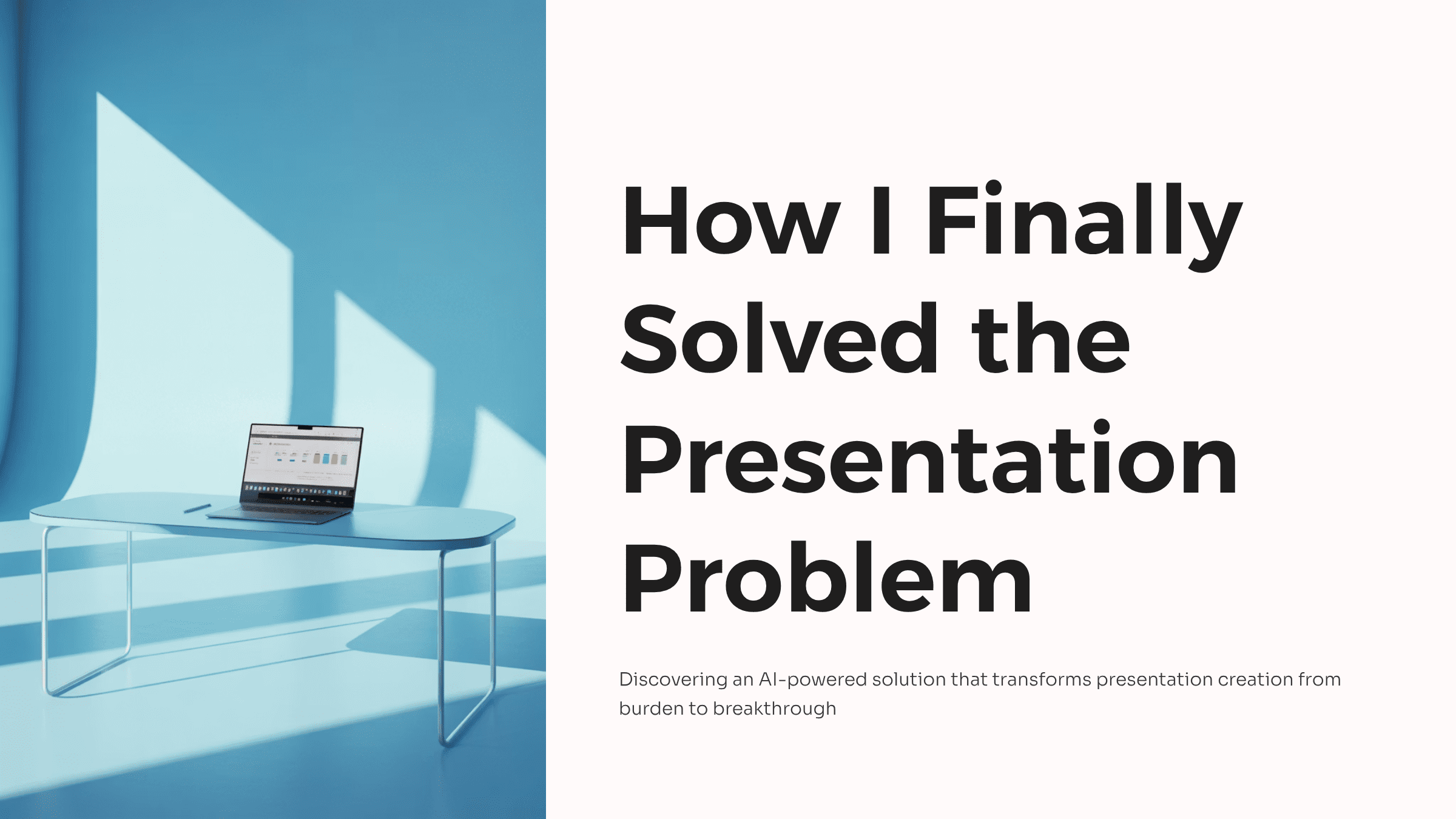Integrating an Address Book for BAFTA Events
Integrating an Address Book for BAFTA Events
Following the MVP launch of the BAFTA Events invoicing workflow, user feedback highlighted valuable improvements and insightful new requirements that guided our next phase of development. Tasked with overseeing these changes, I observed how the invoicing workflow, designed to support BAFTA Awards ticket sales, offered users a fresh way to engage with the system, prompting them to adapt their processes. These insights underscored the importance of features omitted from the MVP, such as the address book.
Having recently implemented a similar address book feature in BAFTA’s Nucleus Awards Management system, I’d already seen how this tool could significantly streamline payment workflows. In the Events product, the need was even more pronounced. Events is tightly integrated with BAFTA’s member base, while Nucleus primarily serves non-members. BAFTA members buying tickets for their company found it intuitive to use their existing personal account, but the invoicing system automatically populated their personal address. This oversight required admins to regenerate invoices and manually update addresses. Solving this issue through an address book became a core objective for the coming awards season.

To ensure this update delivered maximum impact, I needed to approach it with careful planning and cross-functional collaboration. Drawing on my experience with Nucleus, I compiled a list of requirements and circulated these among a core stakeholder group, including representatives from the Awards, Finance, Product Support, and Membership teams. These sessions were crucial in aligning requirements across teams, ensuring the address book would meet practical, legal, and user-focused needs.
In this stage, I prioritised the address book as a feature that would directly reduce admin workload while enhancing user experience. Given its impact on both end-users and internal teams, I elevated it to the top of the post-MVP roadmap. Once requirements were validated and aligned, I developed a high-level implementation plan, starting with a review of the Events designs created in 2023.
While the original settings design didn’t specifically include an address book, it provided adaptable components. I realised that by introducing an address book, the menu could be restructured into clear sections, improving usability and creating a scalable foundation for future updates.

With a prioritised structure, I turned to the user workflow for address selection. Stakeholders had already validated the need for address selection UI to appear on the basket page rather than the payment page, as invoicing had to occur before payment. I examined both desktop and mobile layouts to determine optimal placement for the address selection UI, carefully positioning it near action buttons to ensure it remained visible and easy to locate. The mobile layout offered an advantage by placing the address selection UI at the bottom of the page, where users naturally scroll through all order details, improving visibility and engagement.
To ensure a smooth, user-friendly experience, I mapped out multiple journeys to capture common workflows, such as adding new addresses and selecting previously saved ones. These detailed flows minimised friction for users, keeping interactions straightforward and easy to navigate. Each step in this process was shaped by user insights, ensuring the design was aligned with real-world usage.
With a clear set of specifications, I collaborated closely with the developers to refine the solution. My approach is to present to the developers considered ideas which serves as a starting point for open constructive discussions and demonstrating that I’ve thought through the complexity of the requirements. This approach helps streamline the discovery phase and often leads to innovative refinements.
However, I also ensure that developers have the freedom to reshape these ideas based on technical insights. This collaborative flexibility is essential in achieving the best implementation, even if the final result is far from my original proposal. There’s a certain satisfaction when my suggestions are validated, but I’m equally prepared for restructured approaches that better fit the system’s architecture. I’m fortunate to work with a team focused on delivering the best solutions through patient, constructive feedback.

Before implementation began, I worked closely with stakeholders to validate the detailed specifications, keeping them informed of updates and broadening communication to teams outside the initial stakeholder group. This stage ensured alignment across departments, as changes could impact workflows even if they didn’t directly alter team processes.
Clear communication and collaborative validation helped prepare everyone for the new workflow, facilitating a smooth launch and user transition. With the address book feature now live, we’re already seeing its potential to enhance the BAFTA Events workflow. The feature empowers bookers to select the correct billing address at checkout, minimising the need for post-purchase modifications and reducing administrative tasks. During development, our team focused on seamless integration with existing invoicing workflows, resulting in a user-friendly experience that reduces manual work and frees up the Events team to focus on higher-value tasks.
Looking ahead, I’m eager to see how this feature continues to support both users and admins, and I look forward to gathering insights that will shape future enhancements, ensuring BAFTA Events evolves alongside user needs.



